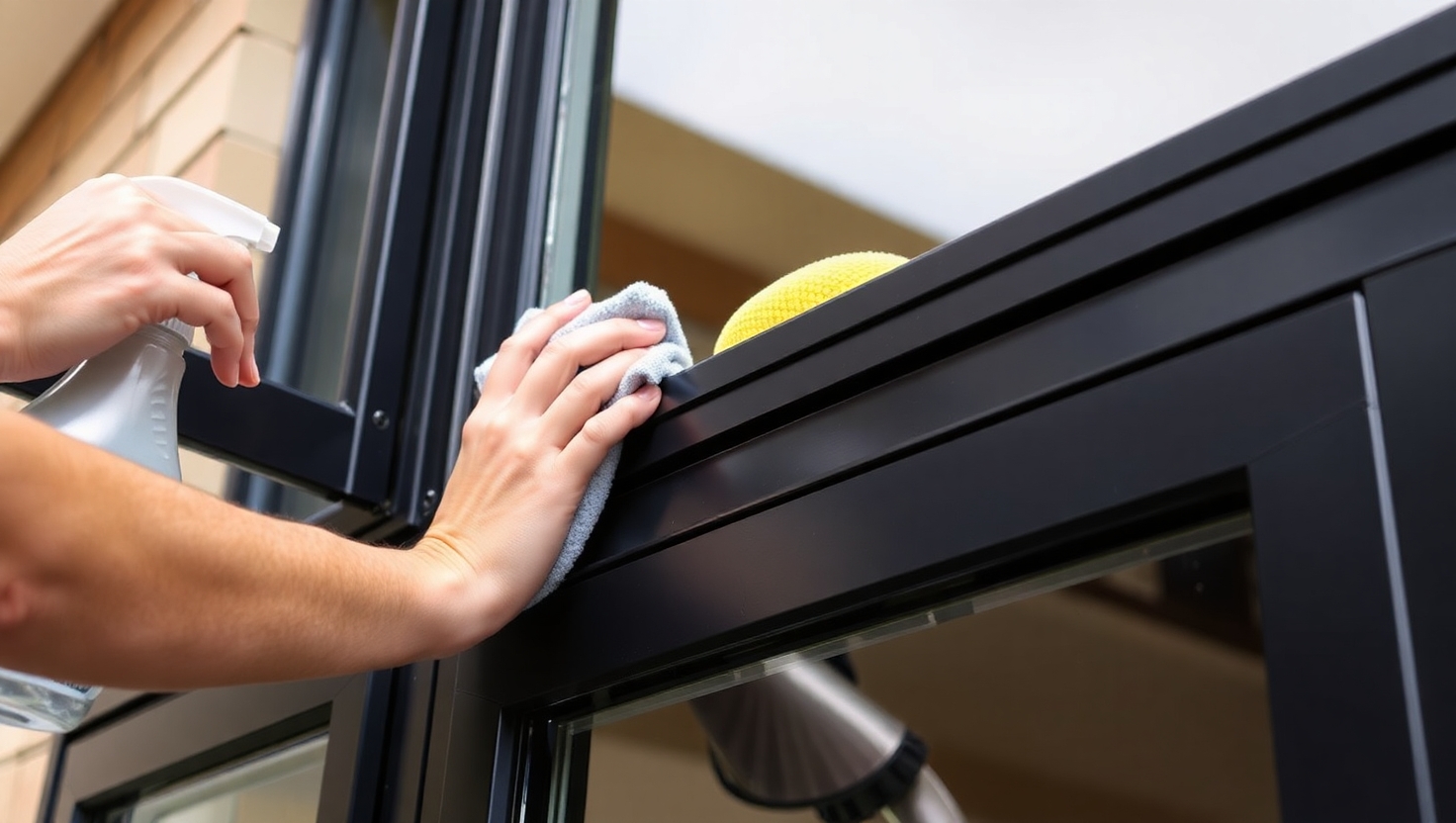How to Maintain Powder-Coated Aluminium for Long-Term
Published by: ALUTimes | Date: July 10, 2025
Introduction
Powder-coated aluminium is a popular choice in architectural and industrial applications due to its durability, vibrant finish, and low maintenance. However, even the toughest coatings require proper care to ensure long-term performance and visual appeal. This article outlines practical maintenance tips and cleaning techniques to help preserve powder-coated aluminium surfaces for years to come.
Why Maintenance Matters
Environmental exposure, UV radiation, pollutants, and physical wear can degrade powder coating over time. Without regular upkeep, powder-coated surfaces may fade, chalk, or develop corrosion—particularly in coastal or industrial regions. Proper maintenance can:
- Extend the lifespan of the finish
- Preserve aesthetic quality and gloss
- Prevent corrosion and flaking
- Maintain manufacturer warranties
Routine Cleaning Best Practices
Regular cleaning is key to maintaining the surface of powder-coated aluminium. Follow these steps to prevent buildup of dirt, salt, and airborne contaminants:
- Frequency: Clean every 3–6 months for most environments. In coastal, tropical, or polluted areas, clean monthly.
- Use Mild Detergent: Mix a pH-neutral liquid soap (like dishwashing liquid) with warm water.
- Apply with a Soft Cloth or Sponge: Avoid abrasive brushes or scouring pads that could scratch the coating.
- Rinse Thoroughly: Use clean water to remove soap and loosened dirt.
- Dry Immediately: Wipe with a soft microfiber cloth to prevent water spots.
Avoid These Common Cleaning Mistakes
- Never use strong solvents like acetone, thinners, or petrol-based cleaners.
- Avoid high-pressure power washers that may damage the surface or drive moisture into joints.
- Do not use abrasive cleaners, steel wool, or hard bristle brushes.
- Prevent standing water or prolonged moisture contact to avoid staining.
Inspection and Preventive Care
Aside from cleaning, periodic inspections are necessary to identify early signs of damage. Here’s what to check:
- Peeling or Bubbling: Could indicate moisture ingress or coating failure.
- Chalking: A powdery residue on the surface is a sign of UV degradation. Use protective wax coating or repaint if needed.
- Scratches: Repair small surface abrasions with touch-up paint from the manufacturer.
- Fasteners: Ensure all screws, bolts, and fixtures are stainless steel or aluminium to avoid galvanic corrosion.
Enhancing Durability with Protective Coatings
After cleaning, consider applying a protective coating to improve longevity:
- Carnauba Wax: Provides a hydrophobic layer and enhances gloss. Ideal for residential aluminium frames.
- Silicone-Based Sealants: Used for larger installations exposed to heavy weather.
- Anti-Graffiti Coatings: Especially useful in public-facing commercial properties.
What to Do in Case of Damage
If the powder coating is compromised, quick action can prevent further degradation:
- Clean the Area: Remove contaminants and dry thoroughly.
- Use Touch-Up Paint: Use the exact color and type recommended by the manufacturer.
- Seal the Surface: Apply a clear protective layer if needed to blend and protect.
- Consult Professionals: For deep scratches or widespread damage, contact a certified coating specialist.
Conclusion
Powder-coated aluminium provides a durable and attractive solution for windows, doors, railings, facades, and more. However, to retain its performance and aesthetics, regular maintenance is non-negotiable. By adopting a preventive approach—including gentle cleaning, inspections, and touch-ups—you can extend the life of your aluminium installations and avoid costly repairs or replacements.
Disclaimer
This article is for informational purposes only. For product-specific maintenance or warranty details, please consult the manufacturer or a certified professional. ALUTimes does not provide technical service or liability for product misuse.

